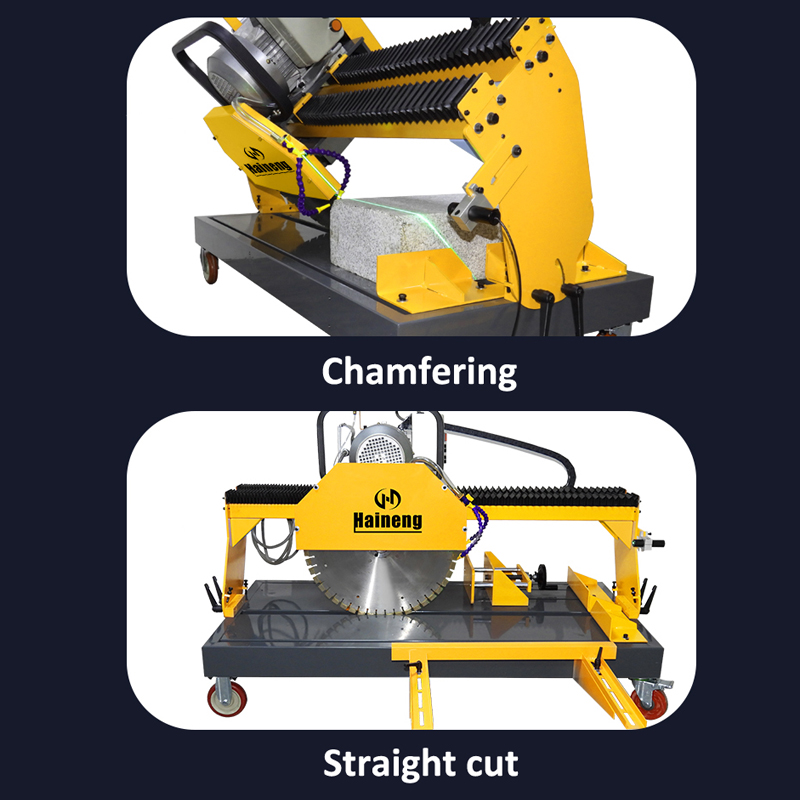When it comes to preparing concrete surfaces for grinding or polishing, the tools you use can make or break the final result. At SANG Diamond Tools, we understand that great outcomes begin with the right diamond grinding segment — a small component that delivers big impact.
In this post, we’ll break down how diamond grinding segments function, why they’re indispensable for professional surface prep, and how SANG’s expertly crafted segments can enhance your productivity, tool life, and finish quality.
What Exactly is a Diamond Grinding Segment?
A diamond grinding segment is a key element of a floor grinding tool, featuring industrial-grade synthetic diamonds embedded in a specially formulated metal bond. These segments are mounted onto grinding plates or heads and paired with floor grinders to tackle surfaces like:
Concrete
Terrazzo
Natural stone
Epoxy coatings
Paints and adhesives
The effectiveness of a diamond segment depends on various factors — including the concentration of diamonds, the hardness of the bond, and the shape of the segment itself. At SANG, we engineer each of these elements with precision to ensure reliable, high-performance results.
How Diamond Grinding Segments Enhance Surface Preparation
1. Fast and Effective Material Removal
Diamond segments are designed to cut through hard materials efficiently. Compared to conventional abrasives, they offer significantly faster removal rates — allowing you to save both time and effort, especially when dealing with thick coatings or uneven concrete surfaces.
2. Even, Predictable Surface Finish
A quality segment helps ensure consistent grinding, minimizing the risk of surface inconsistencies like gouging or patchiness. This is essential for preparing floors prior to polishing, sealing, or overlaying, where uniformity is crucial.
3. Built to Last
At SANG, we manufacture our segments using premium synthetic diamonds and optimized metal bonds. This gives them outstanding wear resistance, even in demanding grinding environments. The result? Fewer tool changes, less downtime, and lower overall costs.
4. Customized Bonds for Every Job
No two floors are the same — and neither are our bonds. We offer a full range of options tailored to different surface types:
Soft bonds for grinding hard concrete
Medium bonds for general-purpose applications
Hard bonds for soft or abrasive materials
Choosing the correct bond type ensures maximum efficiency and longer tool life, getting the most out of every grind.
5. Cleaner Worksites and Safer Operation
Well-designed grinding segments allow for smoother, more controlled grinding, which leads to less airborne dust. When paired with effective dust extraction systems, this creates a cleaner, safer environment for both operators and surrounding areas.

Why Professionals Choose SANG Diamond Segments
At SANG Diamond Tools, we focus on delivering diamond solutions that professionals can rely on — whether you're working on a small residential floor or a large commercial surface.
Here’s what sets our segments apart:
Precision manufacturing for perfect balance and performance
A wide selection of segment shapes — including arrow, round, rectangular, and trapezoid
Compatibility with top grinder brands like Husqvarna, HTC, Lavina, and more
Custom formulations tailored to your job site needs
From removing old epoxy to prepping raw concrete, SANG segments are built to deliver speed, accuracy, and consistency every step of the way.
Proper surface preparation lays the groundwork for any successful flooring project — and the right diamond grinding segment can make all the difference. Choosing SANG’s high-performance segments means smoother operations, superior finishes, and greater long-term value.
Ready to Upgrade Your Surface Prep Game?
Browse our full collection of diamond grinding segments or get in touch for a custom solution tailored to your workflow. At SANG Diamond Tools, we help professionals grind smarter — not harder.













